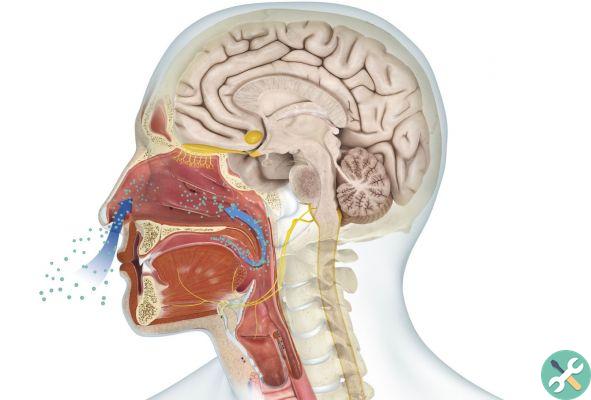
Nature Machine Intelligence, published the study jointly carried out by researchers at Intel Labs and Cornell University that demonstrates the ability of Intel's neuromorphic research chip, Loihi, to internalize dangerous chemicals and recognize them in the presence of interference and important blocking elements.
Loihi internalized each odor with a single sample without interrupting the preservation of previously internalized odors.
It demonstrated superior recognition accuracy over state-of-the-art conventional methods, including a deep learning solution that required 3000 times more training samples per class to achieve the same level of classification accuracy.
“We are developing neural algorithms in Loihi that mimic the processes that are activated in our brain when we smell something. This work is an excellent example of contemporary research, halfway between neuroscience and artificial intelligence, and highlights Loihi's potential to offer exceptional sensing capabilities that could benefit various sectors.
Nabil Imam, senior researcher at Intel's Neuromorphic Computing Laboratory
Because it is important : The dangerous smells recognized and internalized by Loihi represent a danger to public health as they act as precursors in the production of explosives, narcotics and polymers.
The findings support the potential of neuromorphic chips to recognize these odors in real situations more effectively than conventional solutions and offer us insight into possible use cases for neuromorphic technology.
In the future, portable "electronic olfactory systems" with neuromorphic chips could be used by doctors to diagnose disease, by airport security personnel to detect weapons and explosives, by police and border control to more easily detect and seize drugs and even to create more effective smoke and carbon monoxide detectors for homes.
About the study: Using a neural algorithm derived from the architecture and dynamics of the brain's olfactory circuits, researchers from Intel and Cornell University trained Intel's Loihi neuromorphic research chip to internalize and recognize the smells of ten hazardous chemicals.
To do this, the team used a dataset consisting of the activity of 72 chemical sensors in response to these odors and configured the biological odor circuit diagram at Loihi.
The chip quickly learned the neural representation of each of the scents and recognized them all even in a context of notable blockage, revealing a promising future for the intersection of neuroscience and artificial intelligence.











![Google also wants your Apple News [Updated] [2]](/images/posts/943dc0d8f28fcc4bc16fa30ed6d71f6a-0.jpg)




![Apple Vice Presidents Talk About Development of M1 for Mac [Updated]](/images/posts/c6254b668e5b3884d6b6338ccb8a02ff-0.jpg)








